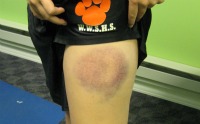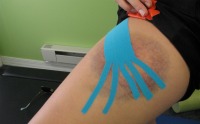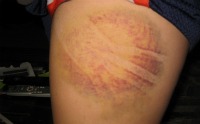Do you have bloating or gas? It could be SIBO
What is SIBO?
SIBO stands for Small Intestine Bacterial Overgrowth.
Unlike the large intestine, the small intestine should have relatively few bacteria. Too many bacteria in the small intestine, can cause digestive issues and other symptoms in the digestive tract and throughout the body. When you eat certain foods, these bacteria start rapidly fermenting the carbohydrates before properly breaking them down, creating gas. In the large intestine, this fermentation is normal, but when it happens in the small intestine, it can be quite uncomfortable and problematic. SIBO has been shown to negatively impact the structure and function of the small intestine. It may interfere with digestion of food, absorption of nutrients, and can damage the cells lining the small intestine.
What are the symptoms?
The most common symptoms of SIBO are
- Gas
- Bloating
- Constipation
- Diarrhea
- Fatigue
- Skin problems
- Halitosis (bad breath)
- Muscle aches, pain and weakness (fibromyalgia)
- Brain Fog





